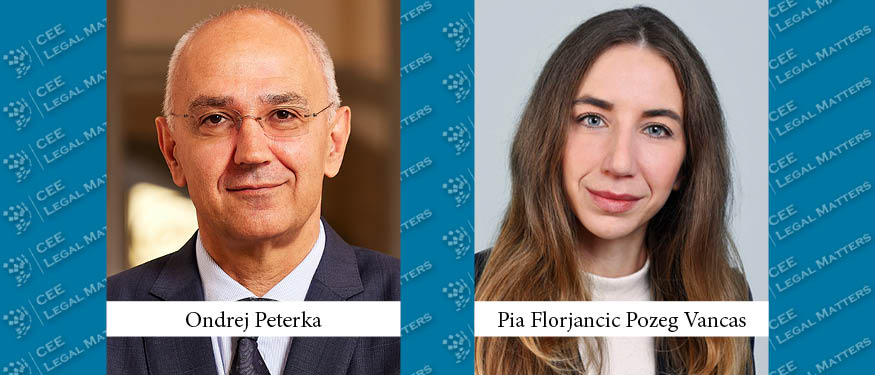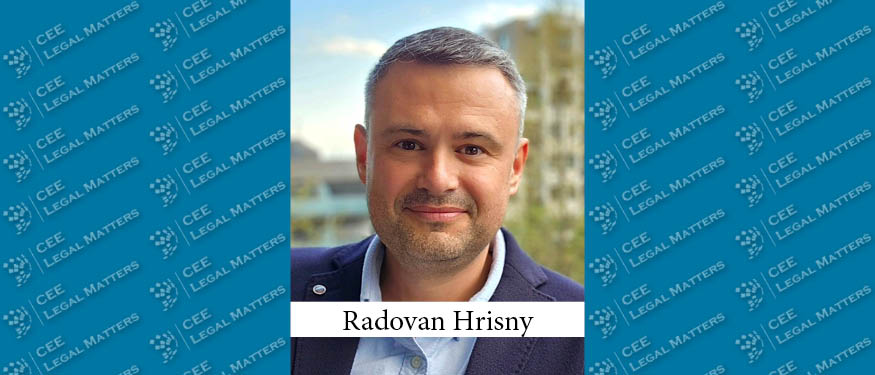The year 2021 was the most successful ever for the Serbian startup ecosystem, with local startups attracting over €120 million in investments and the Serbian tech sector exceeding $1.7 billion in export revenue in 2021. The Government’s ‘’Strategy for the Startup Ecosystem Development of the Republic of Serbia for the period from 2021 to 2025’’ aims to accelerate the development of the startup ecosystem and encourage innovation even more. As one of the main instruments of doing so, RS has introduced good-old tax reliefs and incentives.
The Law on Corporate Income Tax (LCIT) and the Law on Personal Income Tax as starting points introduced several benefits for startups and investors. Both tax laws refer to the very definitions provided under the Innovation Law in terms of the meaning of a startup, spinoff, innovation activity, etc. Tax reliefs are associated with the investment of funds towards research and development (R&D) by startups, with the idea of commercial use of intellectual property rights (licensing of software, patents, trademarks, registered copyrights, and related IP rights), as well as with the employment of persons for the R&D jobs.
• IP Box – tax relief for licensing the IP rights registered with the IP Office
LCIT provides an incentive in the form of excluding 80% of qualified income from the tax base and thus reducing the overall monetary tax liability. Qualified income is the income that a person/entity realizes as a holder of the copyright or related rights (in terms of the Law on Copyright and Related Rights) based on the fee for the use of a deposited work of authorship or other related rights (patents, trademarks, other IP rights) registered with the Intellectual Property Office (IP Office). Qualified income is excluded by first reducing the income for tax-deductible expenses related to research and development (R&D) activities that resulted in the creation of that work of authorship or related IP right (qualified expenses).
- IP Box can be used only when acquiring income for the use of the registered copyright or related rights through licensing;
- If the holder of the copyright over the software (software is a work of authorship protected by copyright under the law) registered/deposited in the IP Office is licensing the software to others for consideration/fee in return, such holder can use the IP Box tax relief;
- If the holder is transferring/selling the registered IP rights, this tax relief cannot be used;
- A taxpayer is required to keep accurate records of all relevant income and expenses, and qualified income must be separately stated in the taxpayer's tax balance sheet (this is often neglected by startups but can be of crucial importance for efficient tax planning).
The purpose of this tax relief is to incentivize the holders of registered IP rights not to sell the software (and other IP rights that are usually the essence of startup and innovation activities) but rather to enable other entities/persons to use the licensed IP rights and spread the innovation.
• R&D qualified expenditure
LCIT provides that expenses incurred directly for R&D by the taxpayer in the RS before entering commercial production or use can be recognized as an expenditure in the taxpayer's tax balance, in a doubled amount. The meaning of expenses directly related to R&D, as well as the conditions and method of exercising rights are thoroughly regulated under the Ministry’s Rulebook. Research means an original and planned activity with the aim of acquiring new scientific or technical knowledge and understanding, and the development of the implementation of research results or the implementation of another scientific achievement or design with the aim of producing new or significantly improved materials, devices, products, processes, systems, or services all before entering commercial production or use.
- It cannot be used when furnishing services to affiliated companies/entities. Tax administration has already taken a stance that providing the services for the affiliated entity (who is deemed as innovative under the Innovation Law) is not presumed eligible for this tax relief having in mind that the investment in R&D needs to be authentic and original (meaning that the taxpayer needs to invest in its R&D related to the innovative product, process or service that it provides on the market);
- It cannot be used for promotional activities and marketing given the LCIT strictly provides its use prior to entering commercial production or use whereas the promotional and marketing activities are commercial by nature.
• Tax credit for investors in ‘’newly incorporated companies conducting innovative activities’’
LCIT provides that a taxpayer that cannot be considered a newly incorporated company that conducts innovative activities, and that invests in the capital of a newly incorporated company that conducts innovative activities, is granted the right to a tax credit in the amount of 30% of such investment.
LCIT defines a newly incorporated company that conducts innovative activities as any company whose incorporation has not been more than 3 (three) years old, which predominantly conducts innovative activities in the sense of the Innovation Law, i.e. undertakes activities for the creation of new products, technologies, processes, and services or significant changes to existing ones, per the market requirements, and which meets (cumulatively) several conditions provided in detail under the LCIT.
- The taxpayer (i.e., an investor) can use the tax credit in the first tax period following the expiration of 3 (three) years from the investment;
- The unused part of the tax credit can be transferred to the company’s income tax account for future accounting periods not longer than five (5) years;
- The maximum amount of the tax credit is RSD 100,000,000.00;
- Regardless of the number of investments on account of the company’s income tax in one tax year, is RSD 50,000,000.00;
- Both R&D-qualified expenditure and tax credit are usually intertwined when it comes to conditions and terms of exercising it.
• Tax reliefs for acquiring the investment unit of the alternative investment fund
A taxpayer who purchases an investment unit of an alternative investment fund - AIF (which is an investment fund under the special law on AIF that collects funds from investors to invest per established investment policy for the benefit of those investors), is granted the right to a tax credit for the annual personal income tax of up to 50% of the investment made in the calendar year for which the annual personal income tax is determined. The right to a tax credit can be exercised only based on fully paid monetary contributions that acquire shares in an AIF while the tax credit cannot exceed 50% of the determined tax liability based on the annual personal income tax.
• Tax reliefs for a startup as an employer
Law on personal income tax provides that the employer - a legal entity (e.g. LLC), when, as part of its business activity on the territory of the Republic of Serbia, carries out R&D, is released from the obligation to pay 70% of the calculated and withheld tax for the salaries of employees (and 100% of the contribution for mandatory pension and disability insurance under the separate law ) who are directly engaged in R&D, but only in proportion to the time that such persons spend on R&D in comparison to full-time work.
A ‘qualified employee’ means a person directly engaged in R&D who works on the implementation of a project in such a way that he/she is directly involved in identifying and solving appropriate processes or technical problems or tasks related to a specific project.
- Research and development (R&D) have the same meaning as elaborated above under the section ‘R&D qualified expenditure’.
- tax relief can be used only by legal entities that conduct R&D on their behalf (their product, services, processes) and retain ownership of intangible assets that may arise therefrom;
- supervision of project implementation or support related to project implementation is not considered R&D activities;
- tax relief does not apply to R&D aimed at finding and developing oil, gas, or mineral resources in the extractive industry;
- an employer who uses any type of other tax reliefs for a specific person/employee (save for exemption under the provision of the law regulating contributions to mandatory social insurance and R&D qualified expenditure under the LCIT), based on the employment with that person does not have the right to obtain this tax exemption.
These tax reliefs introduced in Serbia are facilitating startup growth to enable achieving the goals set by the Government’s strategy for the startup ecosystem, but also to propel the Serbian economy, improve innovation and attract foreign and domestic investments in the ecosystem. When properly used by startups and affiliated taxpayers, these legal mechanisms and tax planning can make a difference right at the start when these business ventures are the most vulnerable financial-wise.
By Aleksandar Popovic, Partner, and Milos Maksimovic, Senior Associate, JPM Jankovic Popovic Mitic














